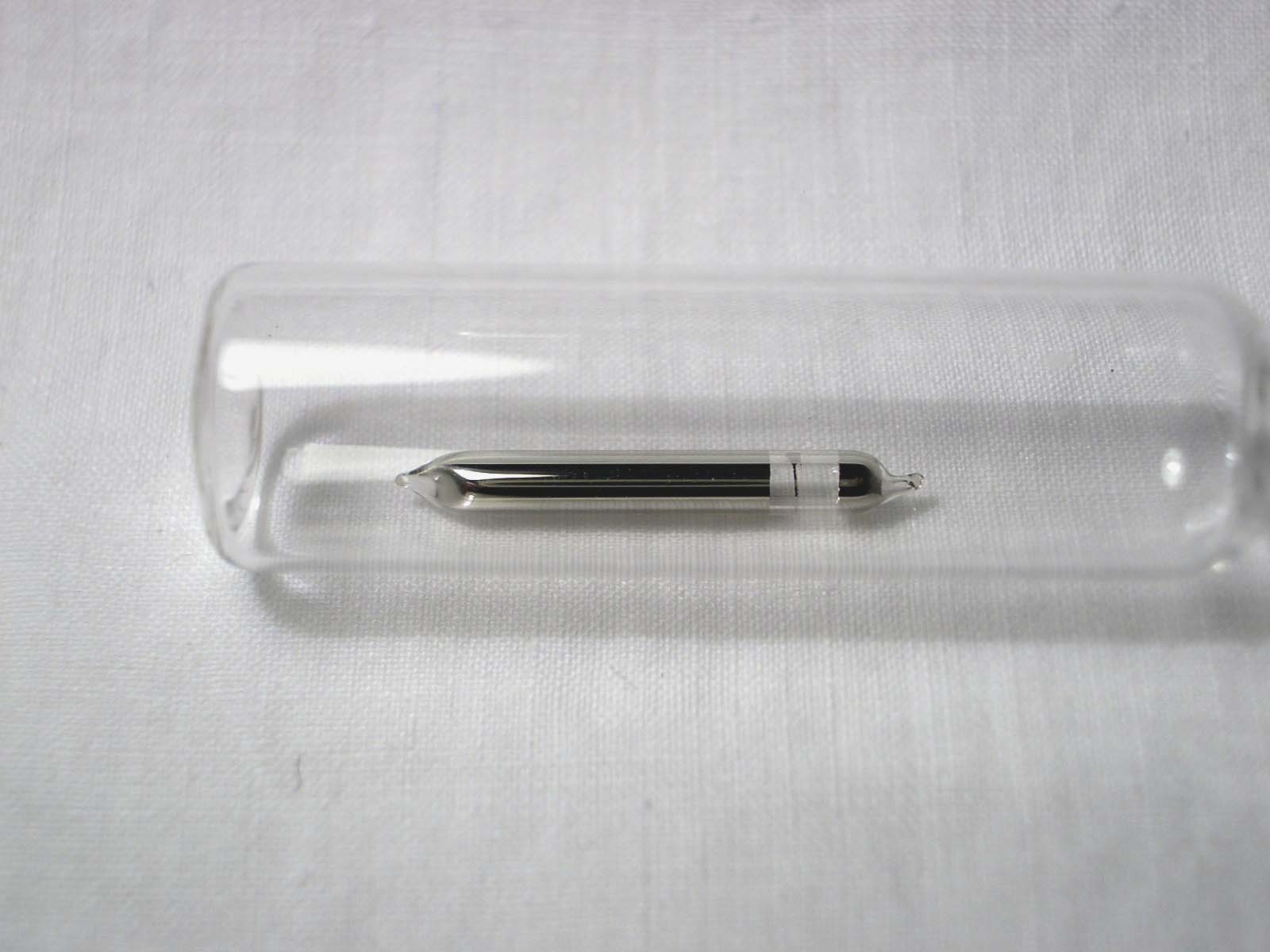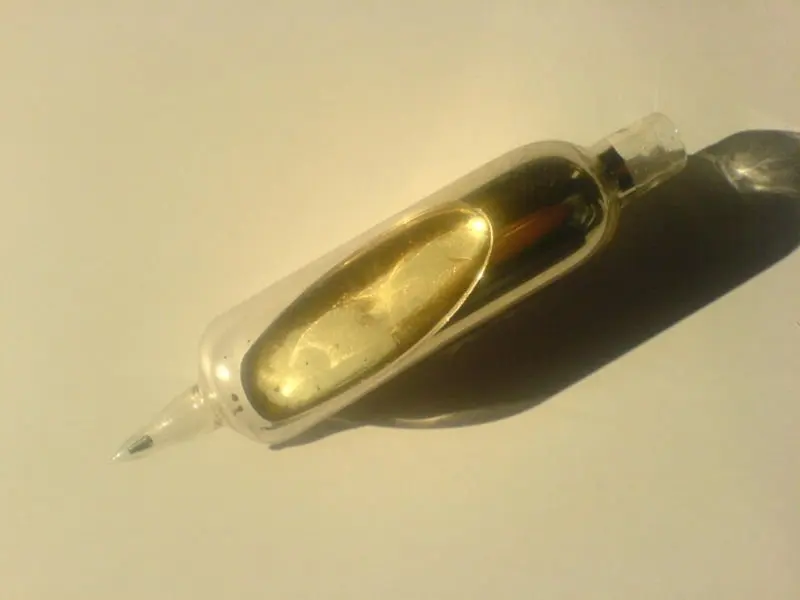

Radiological Terrorism: Emergency Management Pocket Guide for Clinicians.Radiation and Pregnancy: A Fact Sheet for Clinicians.Cutaneous Radiation Injury (CRI): A Fact Sheet for Clinicians.Acute Radiation Syndrome: A Fact Sheet for Clinicians.
#CAESIUM137 PLUS#

Types of Radiation Emergencies plus icon.Neupogen: General Information for Clinicians.Neupogen: General Information for the Public.Radiation Emergencies & Your Health plus icon.Food and Drinking Water Safety in a Radiation Emergency.Preventing and Treating Radiation Injuries and Illness.The Centers for Disease Control and Prevention (CDC) protects people’s health and safety by preventing and controlling diseases and injuries enhances health decisions by providing credible information on critical health issues and promotes healthy living through strong partnerships with local, national, and international organizations. įor more information on protecting yourself before or during a radiologic emergency, see CDC’s fact sheet titled “Frequently Asked Questions (FAQs) About a Radiation Emergency” at /radiation/emergencyfaq.htm, and “Sheltering in Place During a Radiation Emergency,” at /radiation/shelter.htm.įor information about possible countermeasures for internal contamination with Cs-137, please see CDC’s fact sheet on Prussian blue. Internal exposure to Cs-137, through ingestion or inhalation, allows the radioactive material to be distributed in the soft tissues, especially muscle tissue, exposing these tissues to the beta particles and gamma radiation and increasing cancer risk.įor more information about Cs-137, see the Public Health Statement by the Agency for Toxic Substances and Disease Registry at, or visit the Environmental Protection Agency at. Exposure to Cs-137 can increase the risk for cancer because of exposure to high-energy gamma radiation. The sources in these devices are designed to remain sealed and keep people from being exposed however, if these canisters are intentionally or accidentally opened, the Cs-137 inside could be dispersed.Įxternal exposure to large amounts of Cs-137 can cause burns, acute radiation sickness, and even death.

However, Cs-137 is dangerous in the large, concentrated amounts found in radiation therapy units and industrial gauges. Small amounts of Cs-137 are present in the environment from weapons testing in the 1950s and 1960s, so people are exposed to some Cs-137 every day. Cs-137 from nuclear accidents or atomic bomb explosions cannot be seen and will be present in dust and debris from fallout. If the lead containers of Cs-137 are opened, the substance inside looks like a white powder and may glow. Larger Cs-137 sources are enclosed in lead containers (such as long tubes that are closed at each end) or small round metal containers. Small amounts of Cs-137 are incorporated into Lucite disks, rods, and seeds. Small quantities of Cs-137 can be found in the environment from nuclear weapons tests that occurred in the 1950s and 1960s and from nuclear reactor accidents, such as the Chernobyl power plant accident in 1986, which distributed Cs-137 to many countries in Europe.īecause it readily bonds with chlorides, Cs-137 usually occurs as a crystalline powder, rather than in its pure liquid form. Cs-137 also is one of the byproducts of nuclear fission processes in nuclear reactors and nuclear weapons testing. In larger amounts, Cs-137 is used in medical radiation therapy devices for treating cancer in industrial gauges that detect the flow of liquid through pipes and in other industrial devices to measure the thickness of materials, such as paper, photographic film, or sheets of metal.Ĭs-137 is produced by nuclear fission for use in medical devices and gauges. Chemical properties: Liquid at room temperature, but readily bonds with chlorides to form a powder.Ĭs-137 is used in small amounts for calibration of radiation-detection equipment, such as Geiger-Mueller counters.


 0 kommentar(er)
0 kommentar(er)
